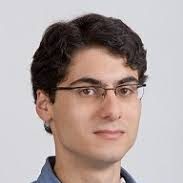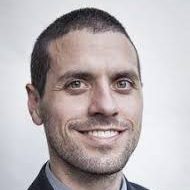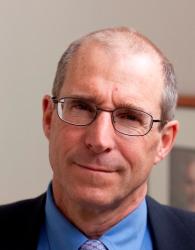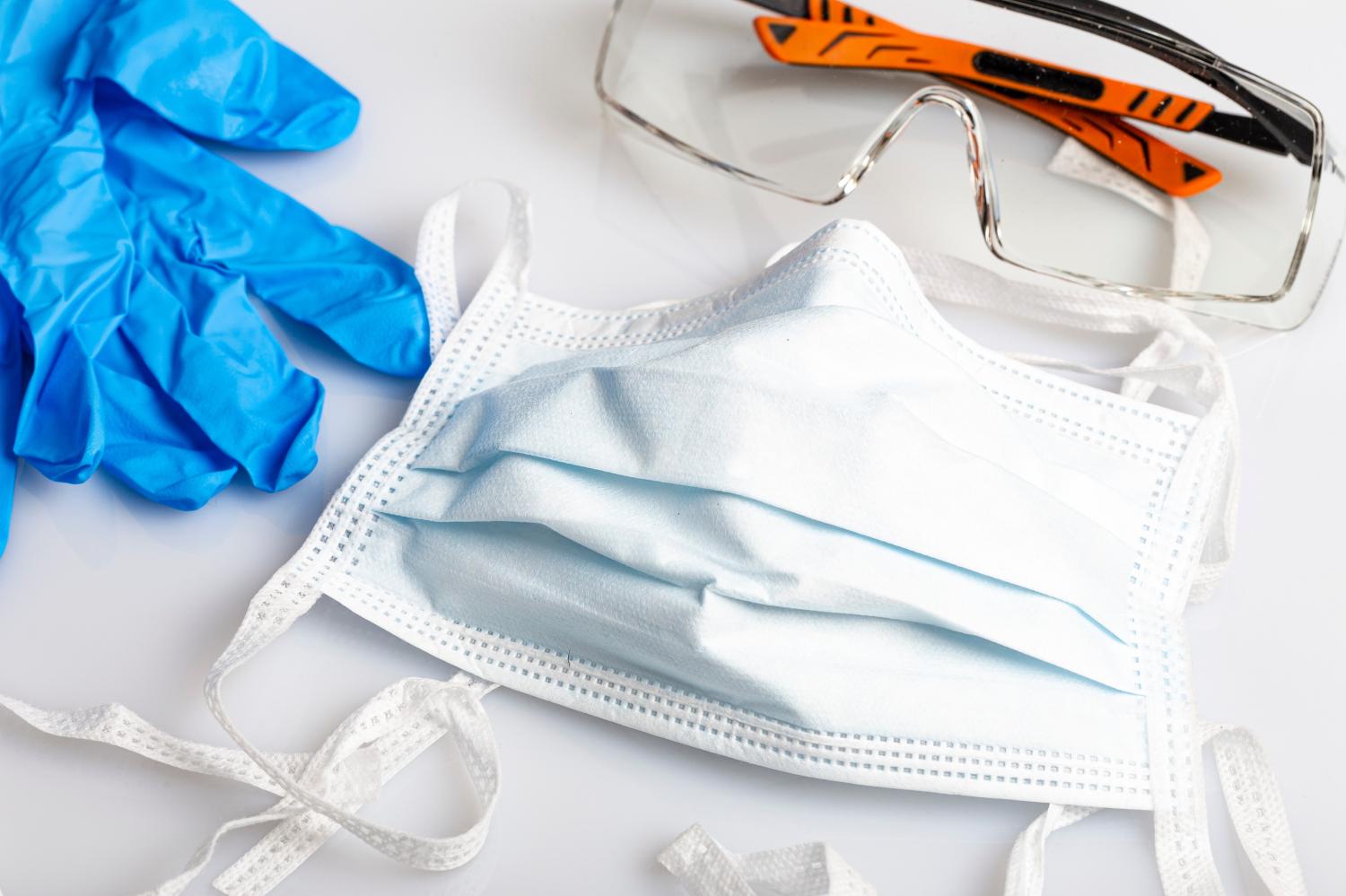This paper is part of the Summer 2020 special edition of the Brookings Papers on Economic Activity, the leading conference series and journal in economics for timely, cutting-edge research about real-world policy issues. The editors are Brookings Nonresident Senior Fellow and Northwestern University Professor of Economics Janice Eberly and Brookings Nonresident Senior Fellow and Harvard University Professor of Economics James Stock. Submit a proposal for future BPEA conferences here.
Governors and other policymakers can avoid a second wave of COVID-19 deaths, or turn it around if it starts, by re-emphasizing safety measures outside of work rather than reimposing broad-based business shutdowns that carry severe economic consequences, suggests a paper discussed at the Brookings Papers on Economic Activity conference on June 25.
“The weekly number of confirmed cases is rising nationally, especially outside the Northeast, raising the specter of a second wave of deaths. If countered by a second round of economic shutdowns, short-term unemployment could become long-term, firms could close, and prospects for a quick recovery could be significantly impaired,” write the authors—David Baqaee of the University of California at Los Angeles; and Emmanuel Farhi, Michael J. Mina, and James H. Stock of Harvard University.
In Policies for a second wave, the authors use a model combining epidemiological and economic components to conduct multiple simulations. Their model divides the economy into 66 sectors and weights them by their contribution to economic output, their health risks, and the age distribution of workers within each sector. They also model the effectiveness of safety measures outside work such as restrictions on large non-work gatherings, mask wearing and social distancing, contact-tracing and quarantining, and special precautions for the elderly.
They conclude that another round of economic shutdowns would be both costly, in terms of unemployment and economic activity, and by itself would be unlikely to stop a second wave of deaths. In contrast, they say, stringent precautions outside of work, where people have roughly half their personal contacts during normal times, would benefit the economy by producing a declining trajectory in deaths that reassures consumers and workers that it is safe to return to near-normal economic activity.

For the purposes of their analysis, the authors assume that businesses use workplace safety measures recommended by the Centers for Disease Control (CDC), such as staggered shifts, plexiglass shields, masks, and other steps. And they assume that schools reopen in the fall, but with precautions potentially including staggered classes and personal distancing.
In one simulation, as a second wave gets started, shutdown fatigue has caused non-work precautions to relax halfway back to pre-pandemic levels and businesses remain open. The model projects that U.S. COVID‑19 deaths soar from about 130,000 in late June to 450,000 by January. It projects an unemployment rate near 7.5 percent by the end of the year.
In another simulation, governors respond by ordering renewed business shutdowns but do not impose renewed precautions outside work. These business closures alone reduce deaths, but only to 375,000, while unemployment jumps to 15 percent.
In a third simulation, businesses remain open under CDC guidelines but strict precautions outside work are reimposed, including testing and isolation, and enhanced protections for the elderly. Those measures reverse the second wave: Projected year-end deaths are only 160,000, and the unemployment rate falls to 6 percent.
“Our modeling strongly suggests that shutting down the economy is neither necessary nor desirable. It just creates unemployment but doesn’t stop the deaths,” Stock said in an interview with The Brookings Institution. “The focus of policy responses to a second wave should be on doubling down on mitigation measures outside work.”
These should include, the paper suggests:
- Limitations on large-group gatherings, especially indoors, ranging from parties to bingo to church services. That means keeping some high-risk businesses, such as theaters, sports, and other live entertainment (which account for less than 1 percent of consumption), closed for now.
- Widespread use of masks and maintaining the recommended six-foot social distance during shopping and other public activity.
- Increased testing for the virus and contact-tracing, combined with support for self-isolation.
- Special protections for the elderly (people 75 and older) such as financial support for regular testing of staff and residents at assisted-living facilities and nursing homes and personal protective equipment for elder-care workers.
“It’s not a lot of fun,” Stock said. “These things are all inconvenient and not very enjoyable, but it’s a small price to pay for allowing most people to get back on the job.”
David Skidmore authored the summary language for this paper. Becca Portman assisted with data visualization.
CITATION
Baqaee, David, Emmanuel Farhi, Michael J. Mina, and James H. Stock. 2020. “Policies for a Second Wave.” Brookings Papers on Economic Activity, Summer, 385-431.
CONFLICT OF INTEREST DISCLOSURE
The authors did not receive financial support from any firm or person for this paper or from any firm or person with a financial or political interest in this paper. They are currently not officers, directors, or board members of any organization with an interest in this paper. No outside party had the right to review this paper before circulation. The views expressed in this paper are those of the authors, and do not necessarily reflect those of Harvard University or the University of California, Los Angeles.







